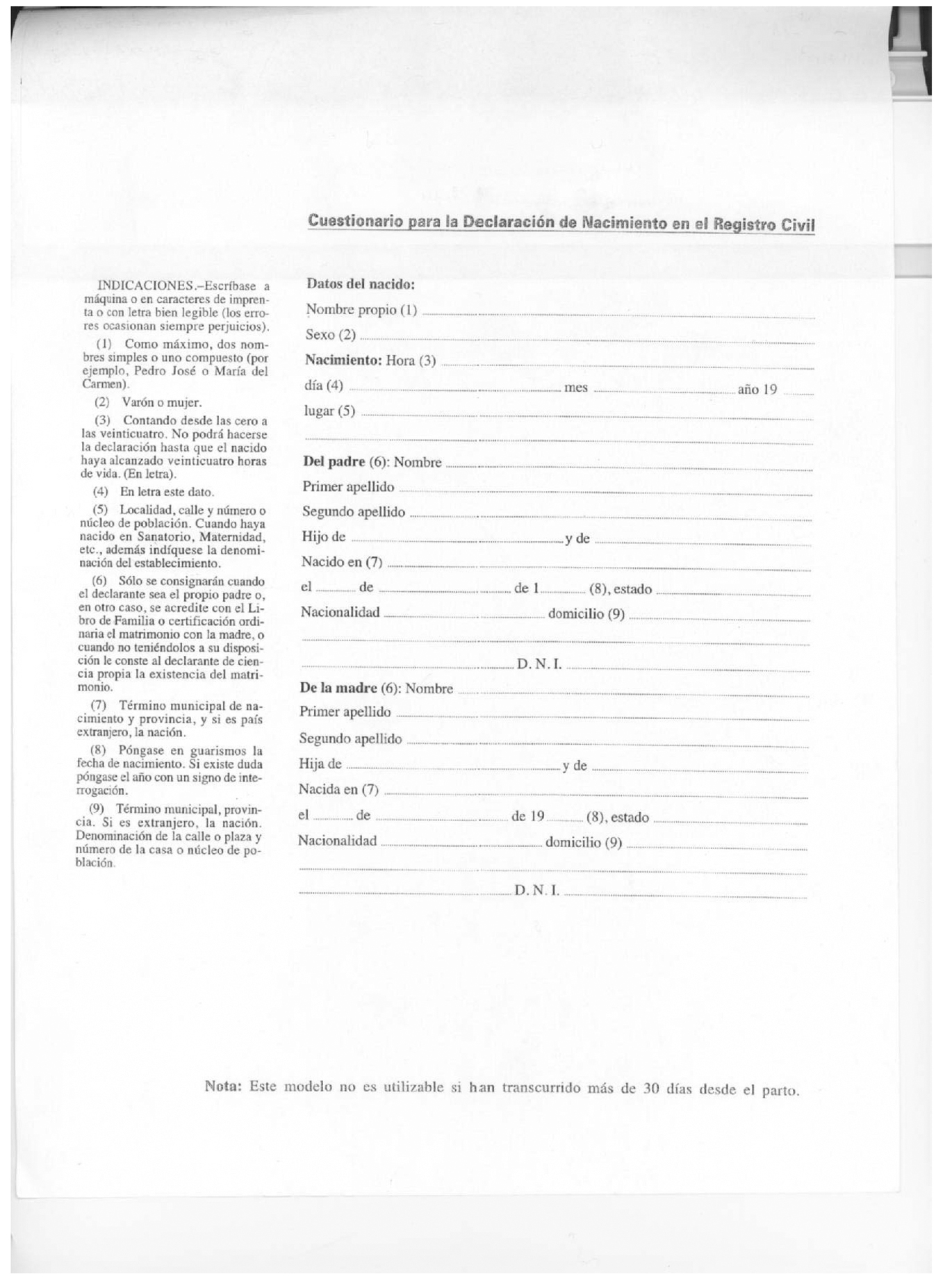Abstract
The object of this research is to cope with two aims: on the one hand, we would like to show how to specifically train motivational, social and volitional dispositions and skills. These are necessary for competent acting on the source text surface when translating into a foreign language. As a first step, a positive work atmosphere for the students is created. As a second step, we start working with an administrative text. The basis for our work is a translation proposal handed in by a bilingual student. With the help of the four-level text model of Ciapuscio (2003) we analyze the errors committed by the student. The aim is to create tasks which help to progressively approach the text type: registration of the birth. We will prove to what extent situative, functional, semantic and formal-grammatical aspects are in fact strongly interrelated, having an important influence on the acquisition of the instrumental, thematic and communicative-textual competency.
Bibliografie
Ciapuscio, Guiomar (2003): Textos Especializados y Terminología. Barcelona: Institut Universitari de Lingüística Aplicada. Universitat Pompeu Fabra.Search in Google Scholar
Duden:<http://www.duden.de/rechtschreibung/Verantwortung.>. (Letzter Abruf: 19. Juli 2014)Search in Google Scholar
Elena, Pilar / Iris Holl / Silvia Roiss (2014): “Ensenar y Aprender a Traducir un Documento Notarial”. Puntos de Encuentro: Los Primeros 20 Años de la Facultad de Traducción y Documentación de la Universidad de Salamanca. Ed. Belén Santana López. et al. Salamanca: Ediciones Universidad de Salamanca, 13–49.Search in Google Scholar
Flöckemeier, Sonja (2010): “Motivation und Wille.” <http://www.unternehmercoaches.de./2010/02/08/motivationund-wille/#more-1293> (letzter Abruf: 18. Juni 2014)Search in Google Scholar
Grasedieck, Dieter (2011): “Die Wissensgesellschaft des 21. Jahrhunderts fordert Selbststeuerung.” Neuere Didaktik 1, 1–10. < http://www.pedocs.de/volltexte/2013/7473/pdf/NeueDidaktik_1_2011_Grasedieck_Die_Wissensgesellschaft.pdf >. (letzter Abruf: 7. Juli 2014)Search in Google Scholar
Kelly, Dorothy (2011): “Un Modelo de Competencia Traductora: bases para el Diseño Curricular”. Puentes, 1, 9–20.Search in Google Scholar
Kiraly, Don (1995): Pathways to Translation: Pedagogy and Process. Kent: The Kent State University Press.Search in Google Scholar
Kiraly, Don (2000): A Social Constructivist Approach to Translator Education. Empowerment from Theory to Practice. Manchester: St. Jerome Publishing.Search in Google Scholar
Kornelius, Joachim (1995): „Was beim Übersetzen an der Hochschule geschehen sollte.“ Anglistik & Englischunterricht. Realities of Translating. Bd. 55/56. Ed. Manfred Beyer und Hans-Jürgen Diller. et al. Heidelberg: Universitätsverlag Winter, 45–71.Search in Google Scholar
Leisen, Josef (2009): “Kompetenzorientiertes Lehren und Lernen.” <http://www.josefleisen.de/uploads2/02%20Der%20Kompetenzfermenter%20-%20Ein%20Lehr-Lern-Modell/3%20Kompetenzorientiertes%20Lehren%20und%20Lernen.pdf>. (letzter Abruf: 17. Juli 2014)Search in Google Scholar
Lozano Argüelles, Cristina (2011): Estudio de Mercado sobre la Traducción en España. Trabajo Fin de Grado. Universidad de Salamanca. < http://gredos.usal.es/jspui/browse?type=author&value=Lozano+Arg%C3%BCelles%2C+Cristina&gt; (letzter Abruf: 30. Juni 2014)Search in Google Scholar
Nord, Christiane (1996): „’Wer nimmt denn mal den ersten Satz?‘ Überlegungen zu neuen Arbeitsformen im Übersetzungsunterricht.“ Übersetzungswissenschaft im Umbruch. Festschrift für Wolfram Wilss zum 70. Geburtstag. Ed. Angelika Lauer. et al. Tübingen, Gunther Narr Verlag, 313–327.Search in Google Scholar
Richter, Renate (2007): “Biologieunterricht im Umbruch.” Unterricht Biologie 328/11, 2–8.Search in Google Scholar
Roiss, Silvia (2001): “El Mercado de la Traducción Inversa en España. Un estudio estadístico”. Herméneus 3, 397–408.Search in Google Scholar
Straka, Gerald (2009): “Motivation und selbstgesteuertes Lernen”. Neue Didaktik 1, 1–6. < http://dppd.ubbcluj.ro/germ/neuedidaktik/artikel/2009/1%20Straka%20Motivation.pdf>. (letzter Abruf: 2. Juli 2014)Search in Google Scholar
Wahl, Diethelm (2006): “Ergebnisse der Lehr-Lern-Psychologie”. <http//www.dblernen.de/docs/Wahl_Ergebnisse-der-Lehr-Lern-Psychologie.pdf>. (letzter Abruf: 25. Juli 2014)Search in Google Scholar
Wilss, Wolfram (1996): Übersetzungsunterricht: eine Einführung. Tübingen: Gunther Narr Verlag.Search in Google Scholar
Annex


© 2016 Walter de Gruyter GmbH, Berlin/Boston
Articles in the same Issue
- Titelseiten
- Titelseiten
- Artikel
- In memoriam Reinhold Werner
- Ansprache zum Requiem für Prof. Dr. Dr. h.c. Reinhold Werner
- Internet biosurveillance networks and how they deal with translation
- Vollautomatisches Dolmetschen – Möglichkeiten und Grenzen
- Locución y modelos para su descripción semántica
- Dutch and German noun-noun compounds in translation
- Deutsch und südslawische Sprachen vor Gericht und bei Behörden – Sprach-einstellungen und Sprachverhalten der in Deutschland tätigen Dolmetscher/innen
- Fehleranalyse im Hinübersetzungsunterricht (Spanisch-Deutsch) aus der Sicht der Motivationsforschung und des kompetenzorientierten Lernens
- Third-Turn Talk as a Prompt for the Expected Response: A Look at a Talk Sequence and Power Manifestation in Foreign Language Classroom Conversation
- Rezension
- Schmitt, Peter A., Lina Gerstmeyer and Sarah Müller (2016): Übersetzer und Dolmetscher – Eine internationale Umfrage zur Berufspraxis. Berlin: DBÜ Fachverlag.
- Annette Weilandt (2015): Terminologiemanagement. Ein prozessorientierter Ansatz am Beispiel der Automobilindustrie. Frankfurt am Main etc.: Peter Lang 2015, 390 Seiten
- Leon Burnett, Emily Lygo (ed.) (2013): The Art of Accomodation. Literary Translation in Russia. Oxford – Bern – Berlin et al.: Peter Lang (ISBN: 978-3-0343-0743-7)
- Rundle, Christopher: Publishing Translations in Fascist Italy. Peter Lang, Berlin 2010 (=Italian Modernities, vol. 6) ISBN 978-3-03911-831-1
Articles in the same Issue
- Titelseiten
- Titelseiten
- Artikel
- In memoriam Reinhold Werner
- Ansprache zum Requiem für Prof. Dr. Dr. h.c. Reinhold Werner
- Internet biosurveillance networks and how they deal with translation
- Vollautomatisches Dolmetschen – Möglichkeiten und Grenzen
- Locución y modelos para su descripción semántica
- Dutch and German noun-noun compounds in translation
- Deutsch und südslawische Sprachen vor Gericht und bei Behörden – Sprach-einstellungen und Sprachverhalten der in Deutschland tätigen Dolmetscher/innen
- Fehleranalyse im Hinübersetzungsunterricht (Spanisch-Deutsch) aus der Sicht der Motivationsforschung und des kompetenzorientierten Lernens
- Third-Turn Talk as a Prompt for the Expected Response: A Look at a Talk Sequence and Power Manifestation in Foreign Language Classroom Conversation
- Rezension
- Schmitt, Peter A., Lina Gerstmeyer and Sarah Müller (2016): Übersetzer und Dolmetscher – Eine internationale Umfrage zur Berufspraxis. Berlin: DBÜ Fachverlag.
- Annette Weilandt (2015): Terminologiemanagement. Ein prozessorientierter Ansatz am Beispiel der Automobilindustrie. Frankfurt am Main etc.: Peter Lang 2015, 390 Seiten
- Leon Burnett, Emily Lygo (ed.) (2013): The Art of Accomodation. Literary Translation in Russia. Oxford – Bern – Berlin et al.: Peter Lang (ISBN: 978-3-0343-0743-7)
- Rundle, Christopher: Publishing Translations in Fascist Italy. Peter Lang, Berlin 2010 (=Italian Modernities, vol. 6) ISBN 978-3-03911-831-1

